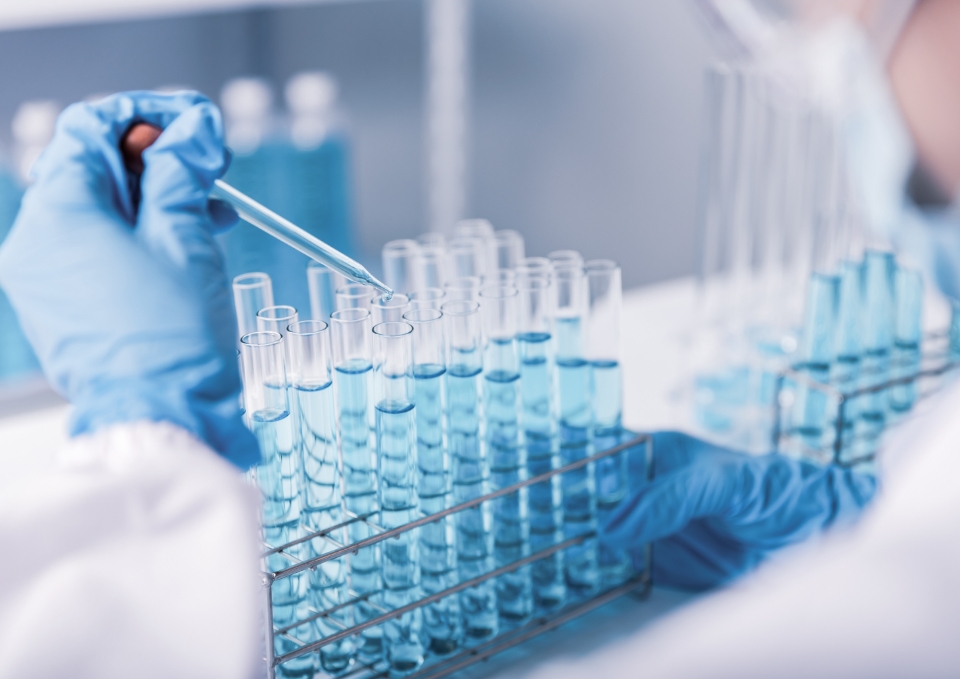OECD 105 solubility test in the laboratory
You wish to carry out a solubility test in accordance with OECD 105
The OECD 105 solubility test is a standardised method for determining the aqueous solubility of a chemical substance. This test is essential for assessing the behaviour of a substance in the environment and in various industrial processes. The solubility of a substance in water represents its saturation concentration in water at a defined temperature.
What is the OECD 105?
The OECD (Organisation for Economic Co-operation and Development) is an international organisation that sets international standards to promote economic policies that foster growth, employment and well-being.
Test No. 105 is a guideline for analysing the solubility of chemicals according to specific tests. The aim of OECD 105 is to identify and define the potential hazards of new chemical substances, chemical preparations and chemical mixtures.
According to the OECD guidelines for testing chemicals, Section 1, solubility determination methods are performed on pure, non-volatile substances that are stable in water.

Principle of the OECD 105 solubility test
The test consists of determining the maximum concentration of a substance dissolved in water under equilibrium conditions, at a controlled temperature. Two methods are recommended for carrying out this test:
- Suitable for substances with a solubility of less than 10^-2 g/L.
- The substance is suspended in water and stirred until equilibrium is reached.
- After filtration or centrifugation, the concentration is measured using an appropriate analytical technique (HPLC, UV-Vis, GC, etc.).
- Suitable for substances with a solubility of less than 10^-2 g/L.
- Water saturates the substance in a column, and the eluate is analysed to determine the concentration in solution.
Why perform an OECD 105 solubility test?
You may need to carry out a solubility test in various contexts:
Regulatory safety tests
Toxicological evaluation
Registration of a new chemical substance under REACH
Development of a new product
FILAB, expert in OECD 105 solubility testing
Why choose FILAB for an OECD 105 solubility test?
In the FILAB laboratory, we carry out solubility tests under conditions defined and validated with the customer according to his needs and field of application.
Thanks to our state-of-the-art analytical facilities (including 12 ICPs), we can carry out solubility tests on a wide range of raw materials, including nano-sized materials.
To go further
Determination of regulated substances: heavy metals, phthalates, nitrosamines, bisphenol A, residual solvents
Chemical analysis following failure








